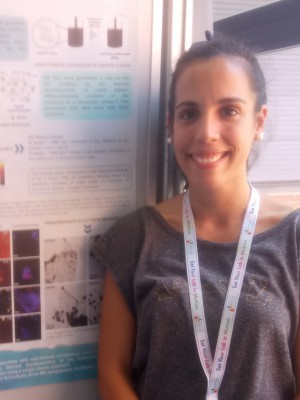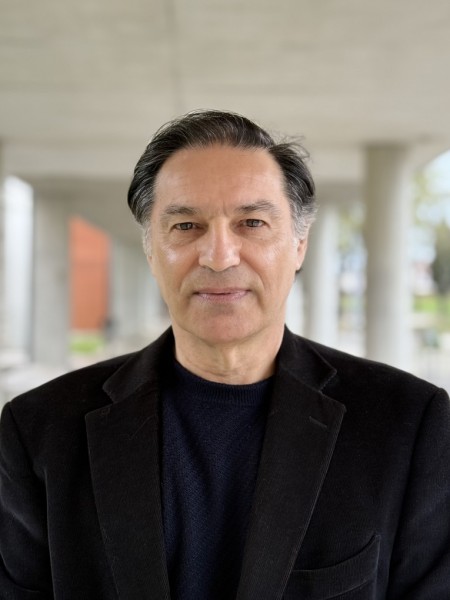resumo
Clean and accessible water for all has been defined by the United Nations as a major goal to promote sustainability in a planet with improved life quality. However, the growth of population and global industry processes are having a massive impact on the water quality. The presence of organic pollutants in water and wastewater, such as pharmaceuticals, organic dyes and by-products of industrial processes, is a major issue. Conventional wastewater treatments are still limited, and, consequently, it is crucial to design innovative cleaning technologies such as heterogeneous photocatalysis with nanomaterials. Here we review mechanisms and applications of carbon-based nanostructures for heterogeneous photocatalysis applied to water purification. In particular, we present recent developments in synthetic routes and surface modification of carbon nanostructures aiming at their use under visible light irradiation. As such, carbon-based nanostructures decorated with distinct phases have been investigated, such as semiconductor compounds and polyoxometalates. The photocatalytic efficiency of hybrid nanocomposite materials is attributed to improved light harvesting and reduced recombination of photo-generated charge carriers. Furthermore, the recovery of photocatalysts by using assisted magnetic separation is presented as a promising strategy of reusability.
palavras-chave
REDUCED GRAPHENE-OXIDE; ONE-POT SYNTHESIS; LIQUID-PHASE EXFOLIATION; HIGH-PERFORMANCE; QUANTUM DOTS; METHYLENE-BLUE; IN-VIVO; PHOTOLUMINESCENCE PROPERTIES; POLYOXOMETALATE CLUSTERS; SULFIDE NANOSTRUCTURES
categoria
Chemistry, Multidisciplinary; Engineering, Environmental; Environmental Sciences
autores
Lopes, JL; Martins, MJ; Nogueira, HIS; Estrada, AC; Trindade, T
nossos autores
Projectos
Collaboratory for Emerging Technologies, CoLab (EMERGING TECHNOLOGIES)
agradecimentos
J. L. Lopes and M. J. Martins thank FCT for doctoral Grants SFRH/BD/126241/2016 and SFRH/BD/131433/2017, respectively. A. C. Estrada acknowledges the costs resulting from the FCT hirings funded by national funds (OE), through UTAP-ICDT/CTM-NAN/0025/2014FCT - FundacAo para a Ciencia e a Tecnologia, I.P., in the scope of the framework contract foreseen in the numbers 4, 5 and 6 of the article 23, of the Decree-Law 57/2016, of August 29, changed by Law 57/2017, of July 19. This research was funded through the FCT Project UTAP-ICDT/CTM-NAN/0025/2014, in the framework of the UT Austin-Portugal Program, and through the project CICECO-Aveiro Institute of Materials, UIDB/50011/2020 & UIDP/50011/2020, financed by national funds through the FCT/MEC and when appropriate co-financed by FEDER under the PT2020 Partnership Agreement.






